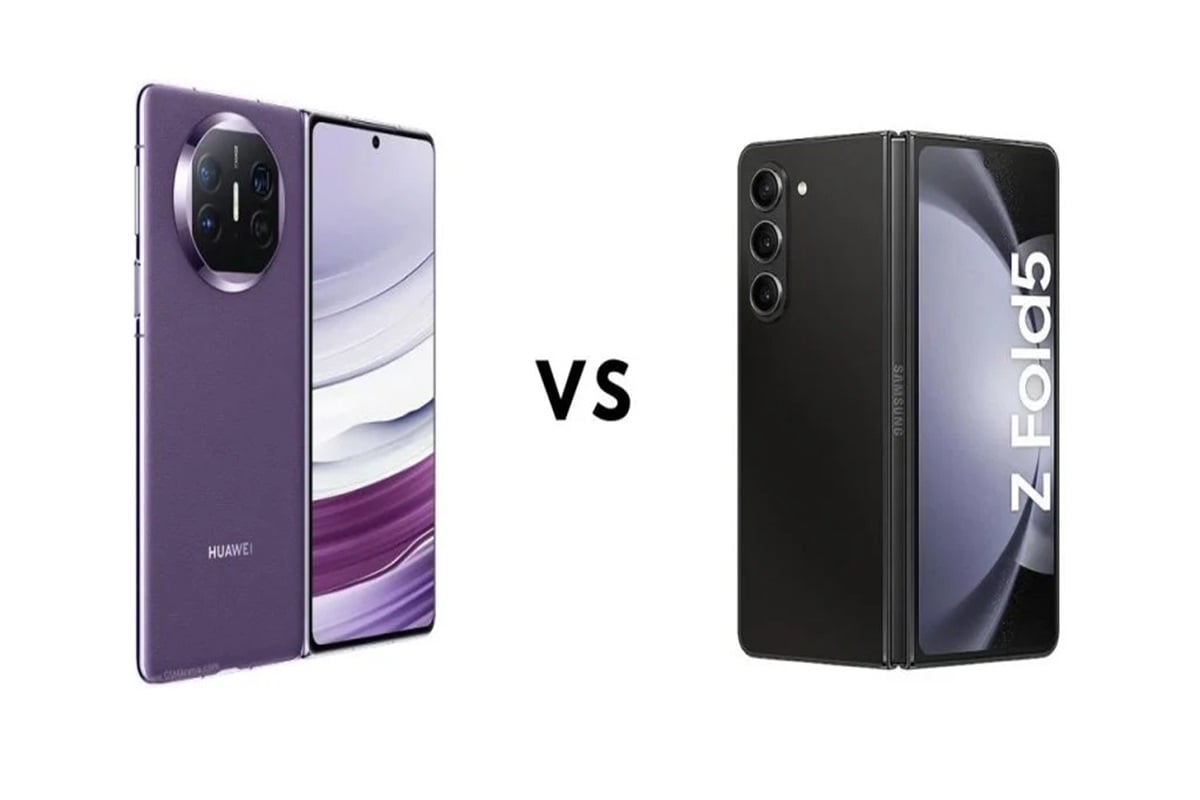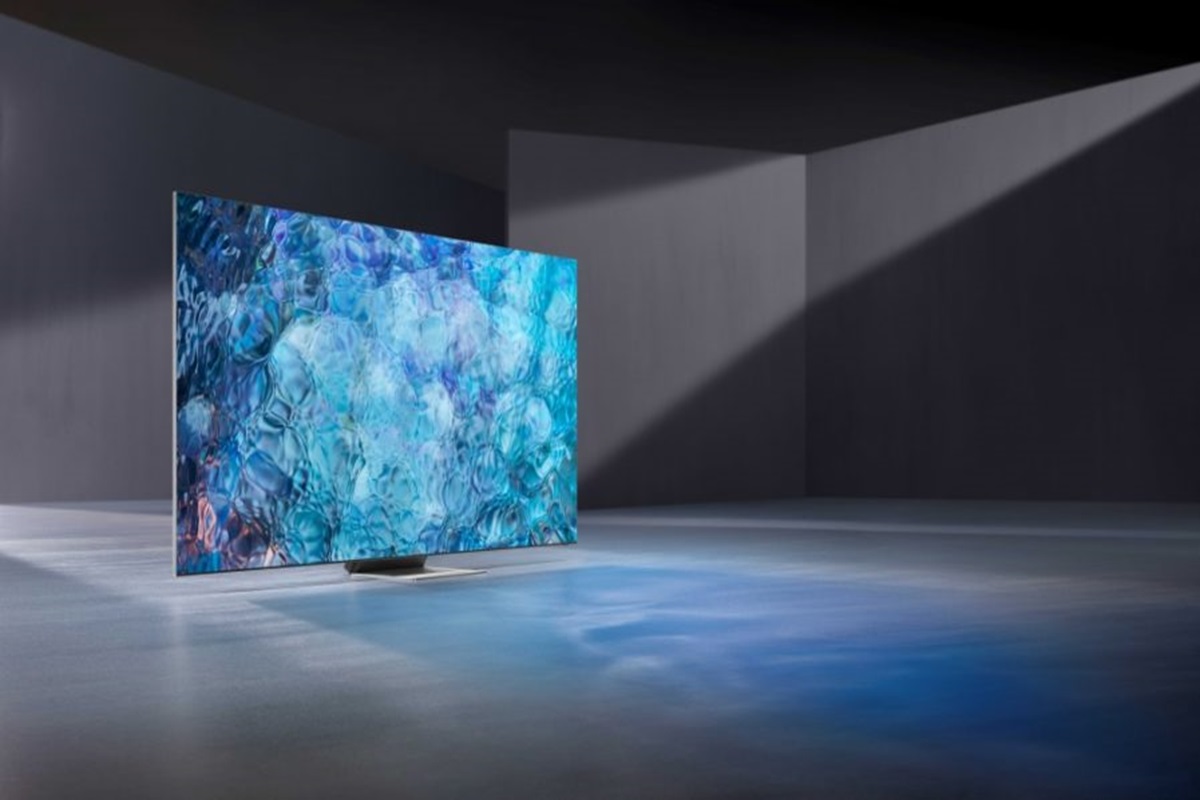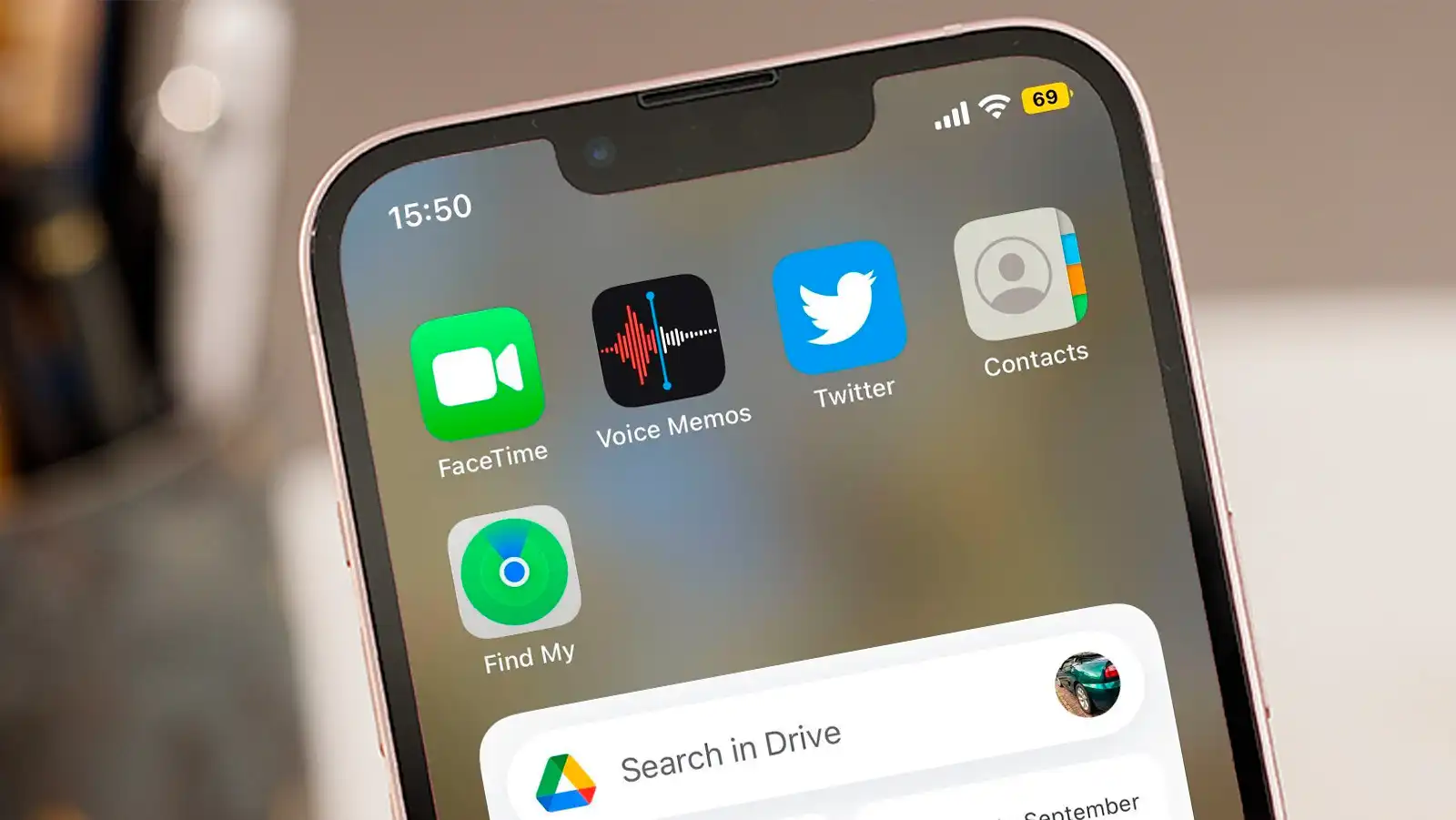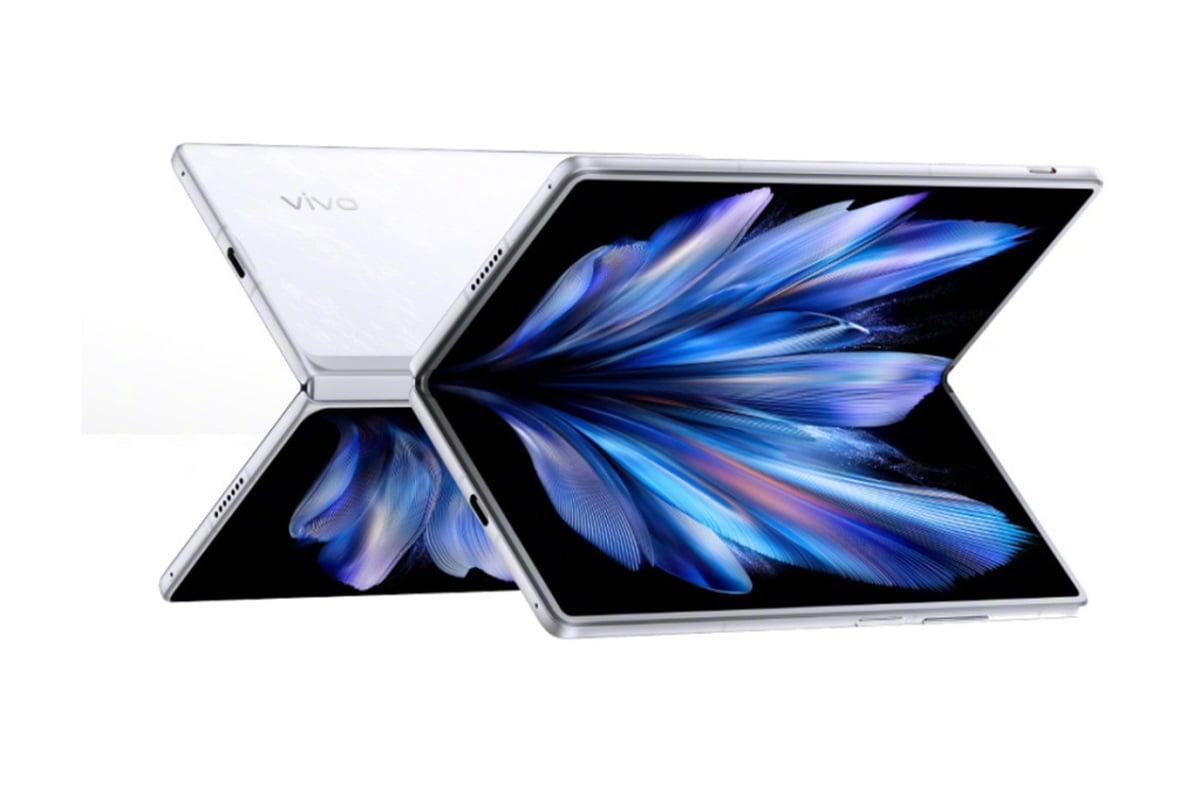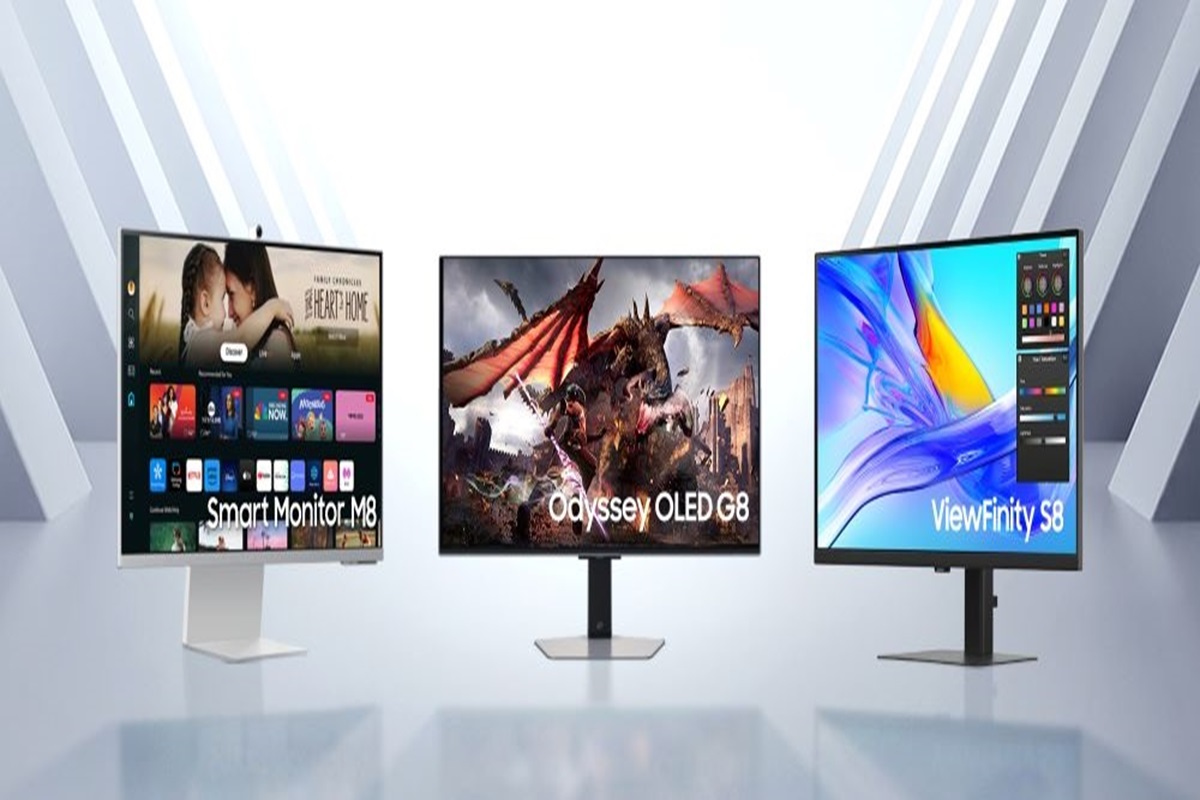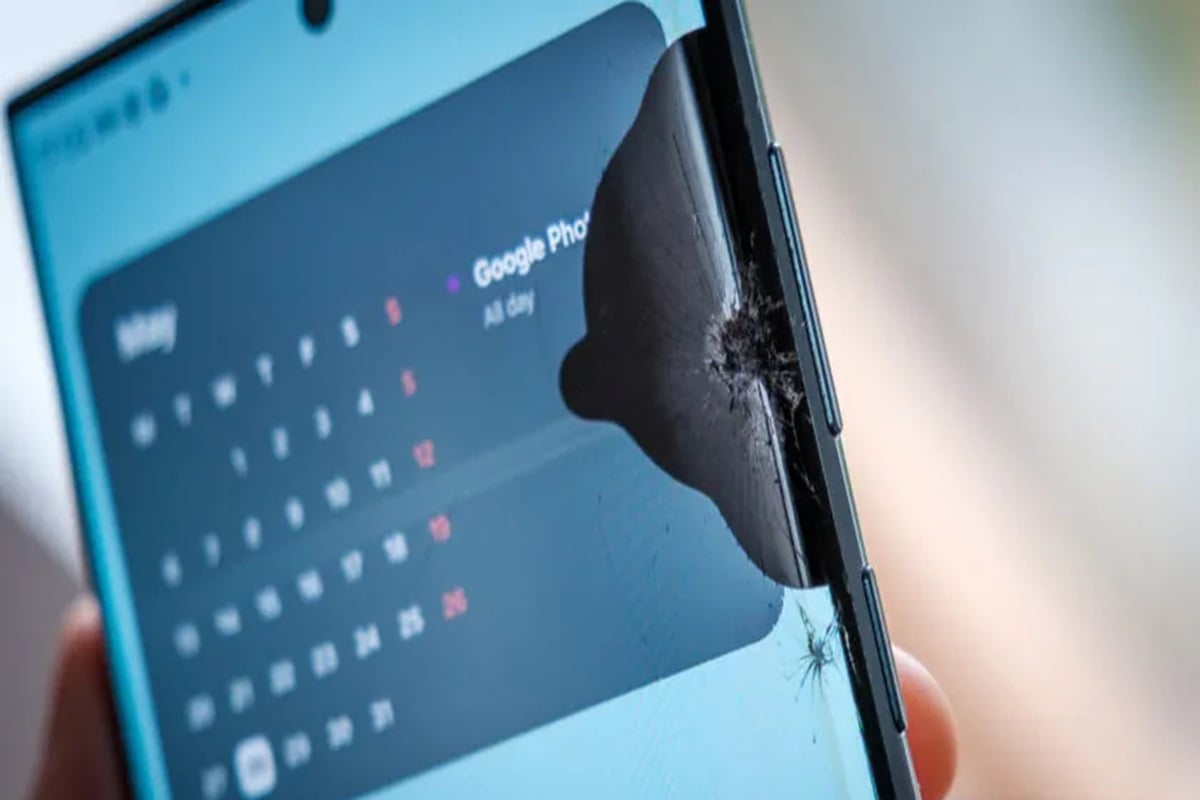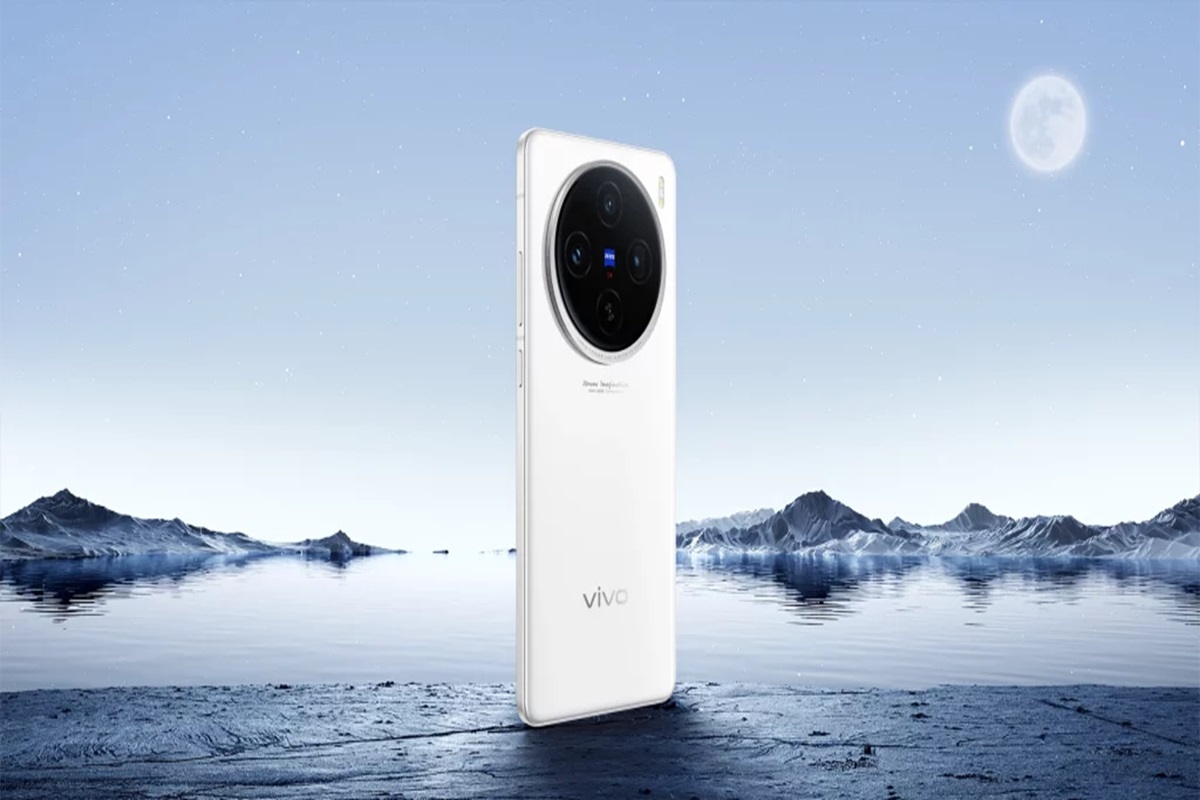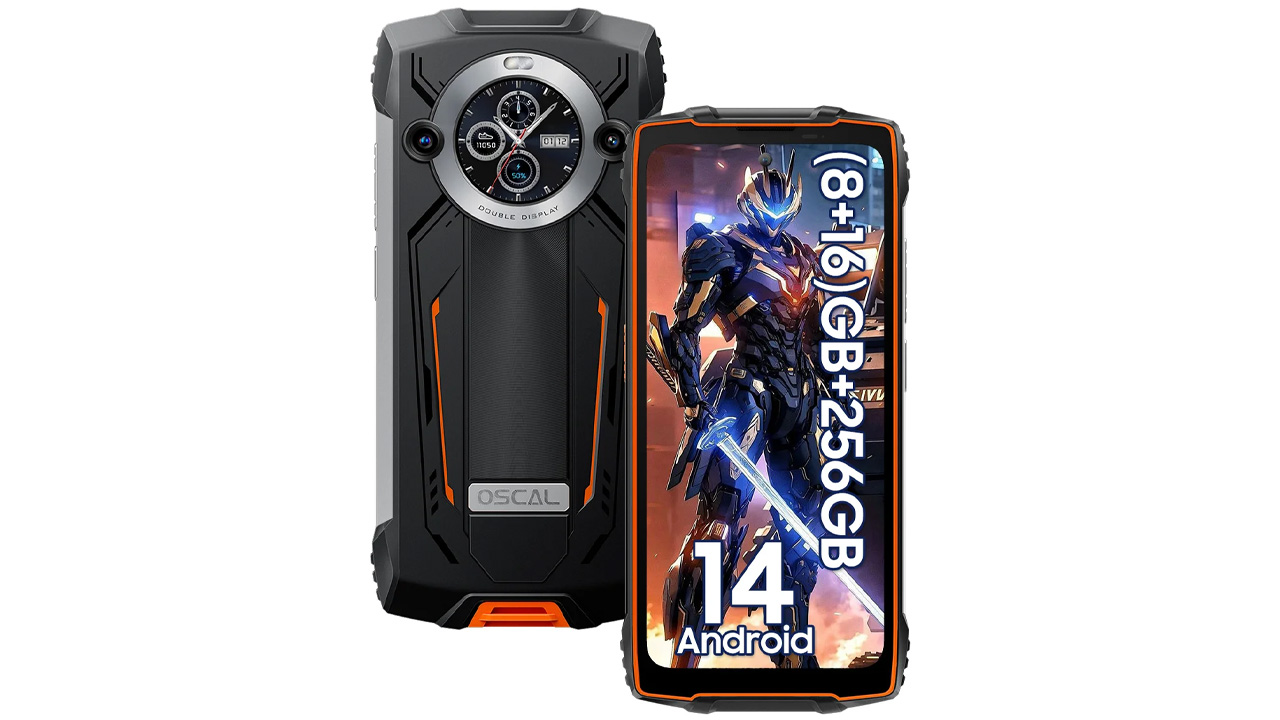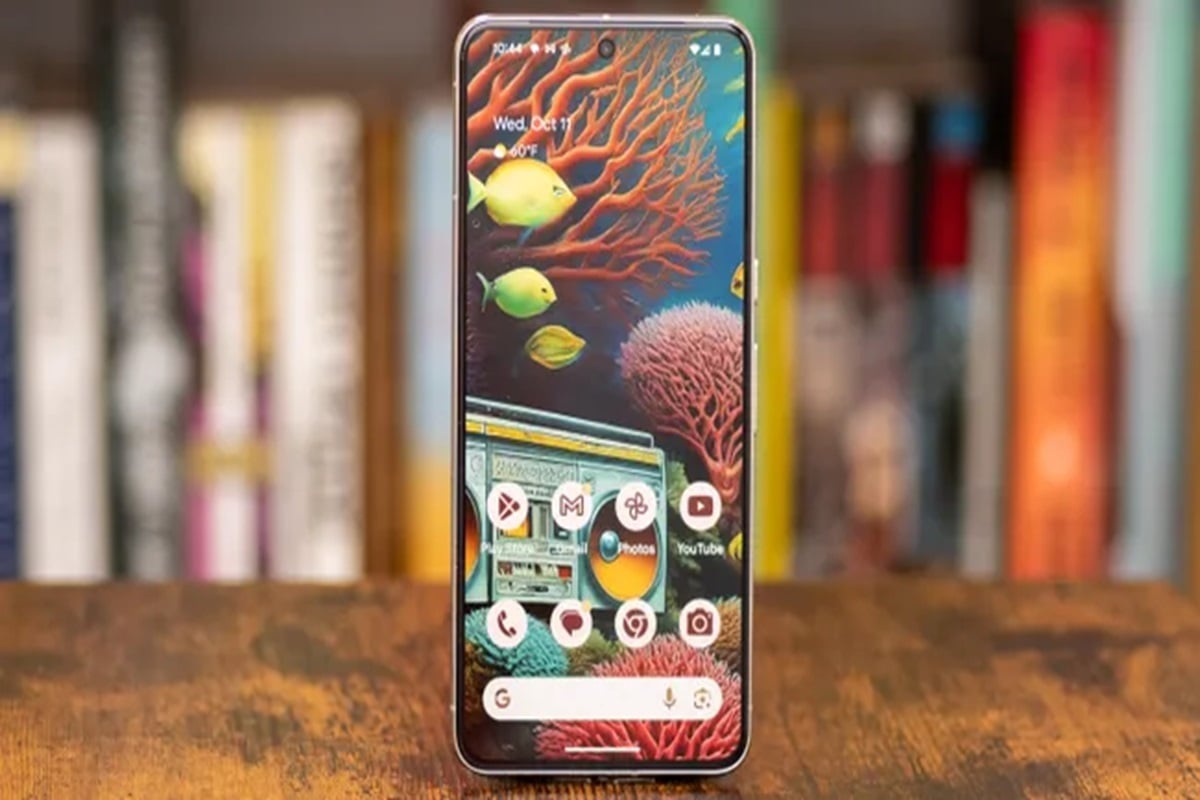HTC used to be a big name in the world of Android phones. Many people loved their phones, but over the years, HTC has become less popular. Despite this, the company hasn’t given up. They continue to release new phones every now and then. This month, HTC is getting ready to launch another new phone. Let’s take a closer look at HTC’s journey and what we can expect from their upcoming release.
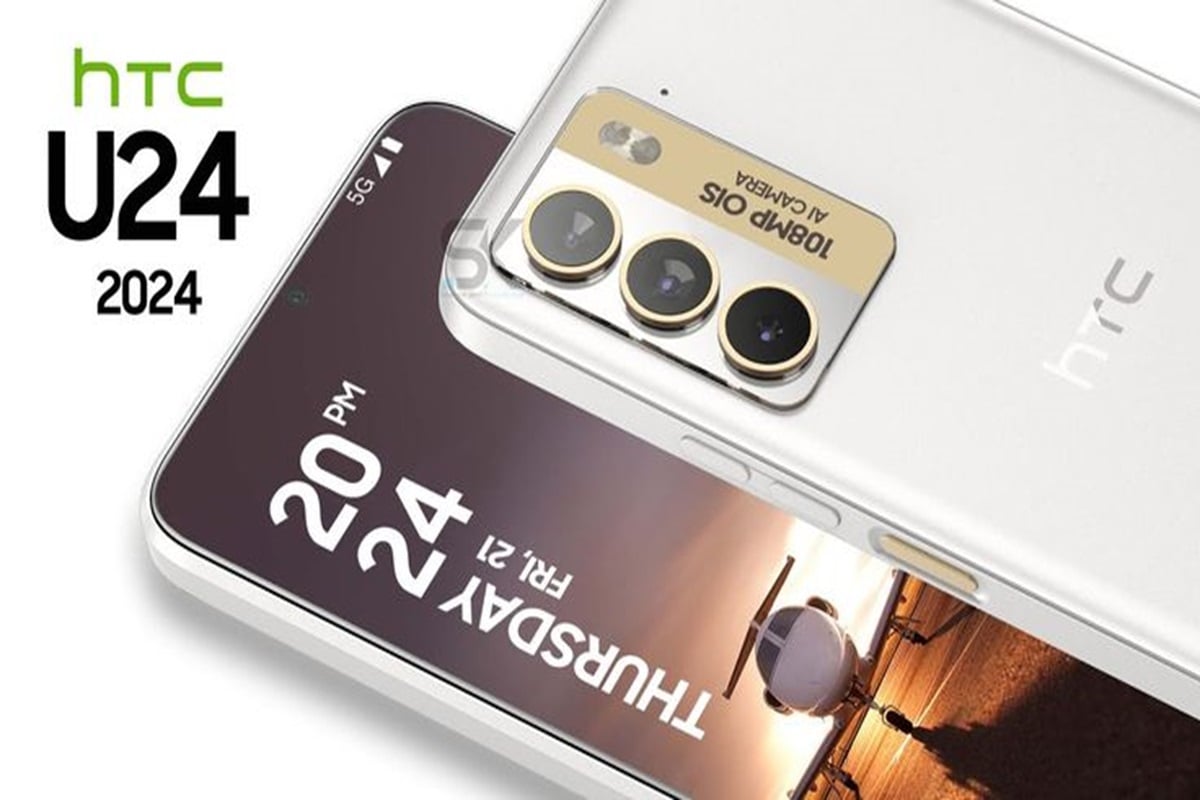
Around 2018, things started to go downhill for HTC. The competition in the smartphone market became tougher. Companies like Samsung, Apple, and many others were making amazing phones, and HTC struggled to keep up. As a result, their popularity declined, and they fell out of the spotlight.
Last year, HTC tried to catch people’s attention by launching a phone focused on the metaverse. The metaverse is a virtual world where people can interact with each other. Again, the idea was unique, but it didn’t make a big impact.
In May 2023, HTC launched the HTC U23 Pro. This was another mid-range phone, but it was one of the most interesting phones HTC had released in a while. It had some good features and was reasonably priced. People who bought it liked it, but it still wasn’t enough to make HTC a top player again.
HTC is getting ready to launch a new phone on June 12. They have been teasing this new phone, and people are curious to see what it will be like. The new phone is expected to be part of the HTC U series, possibly named the “HTC U24” or something similar.
Some details about the new phone have already surfaced. Here’s what we know so far:
– RAM: The new HTC phone will have 12GB of RAM. RAM is important for multitasking, as it allows the phone to run multiple apps smoothly at the same time.
– Processor: It will be powered by Qualcomm’s Snapdragon 7 Gen 3 processor. This is a mid-range processor that offers good performance for everyday tasks.
Based on the information available, it seems like HTC’s new phone will be another mid-range device. This means it will likely be priced lower than flagship phones from other companies, but it will still offer decent features.
HTC has shown resilience by continuing to release new phones despite the challenges. Their efforts to find a niche in the mid-range market could eventually pay off. If they can offer great value for money and innovate, there is hope for a comeback.
